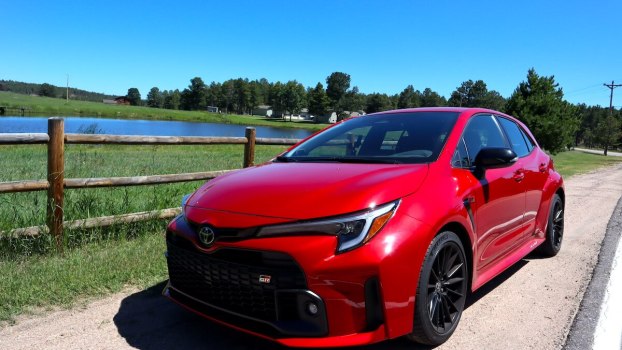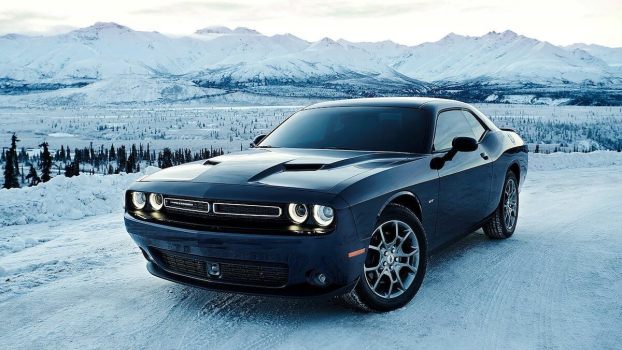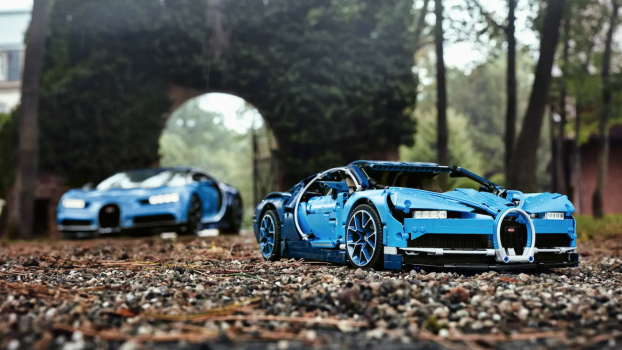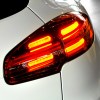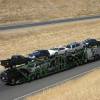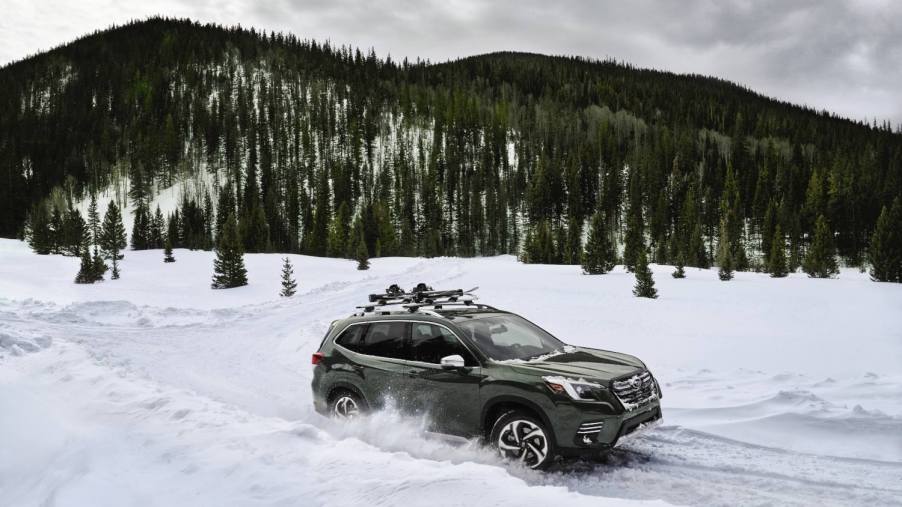
This Very Satisfying Video of LEGO Car Teaches You Everything you Need to Know About Winter Driving
Winter driving is no joke. Every year, thousands of drivers across the country find themselves in difficult or even dangerous situations because either their car or their driving skills can’t handle the winter weather. This demonstration with a LEGO set and a pane of soapy glass not only does a really good job showing the difficulties of winter driving but also shows the limitations of certain vehicles. As a fun bonus, the video is extremely satisfying to watch.
Is rear-wheel drive or all-wheel drive better for winter driving?
In general, AWD is the preferred driveline for winter driving. It allows all four wheels to put power down, adding traction surfaces. However, as the LEGO model shows, RWD can work surprisingly well. Driving a rear-wheel drive truck in the snow and ice can be really tough. However, adding weight proves to massively increase traction. Of course, switching to AWD makes the vehicle far more capable. This first demonstration gives us a practical piece of advice: if you are struggling with traction on the snow or ice, add weight over the wheels that have power.
Can a locking differential help with winter driving?
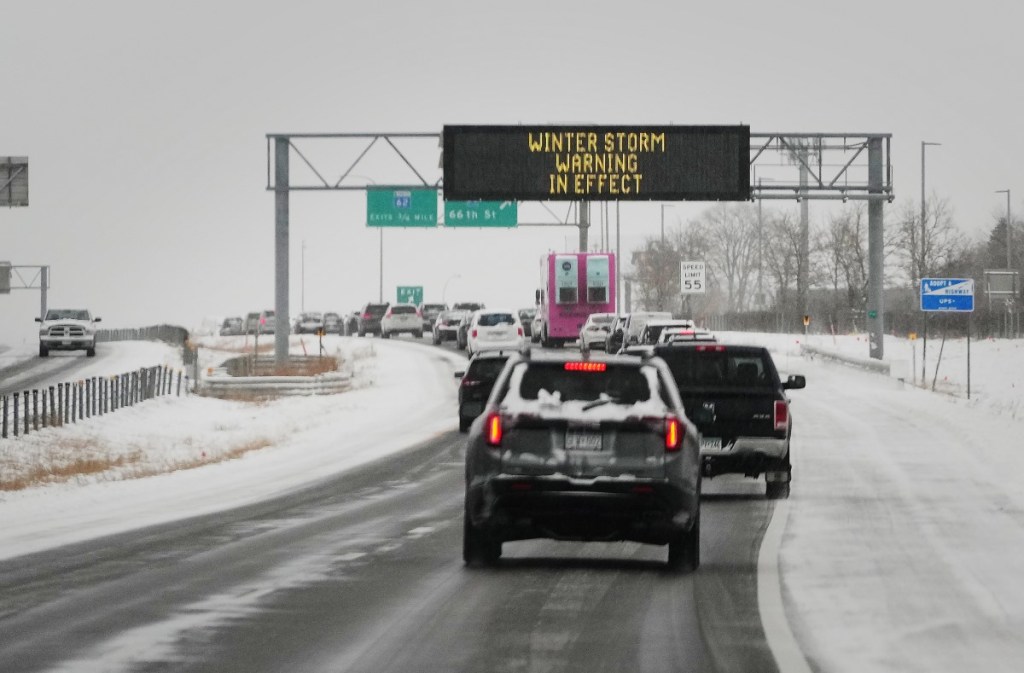
After the LEGO truck clears each grade, the tester increases the grade and finds the necessary modification the little truck needs to climb the soapy glass. After the rear-wheel drive with added weight wasn’t enough to conquer the next grade, the truck gets a locking differential. This puts the same power on each of the rear wheels.
A 4×4 truck with a locking rear differential could be a great tool for driving in bad weather. Some RWD cars might also have a locking rear differential. Again, this ability to lock the axle, sending the same power equally to each wheel, proves very handy in low-traction environments.
Do more tires make for more traction?
After the little car gets to a 10% slope grade, the only way up is to add more or bigger tires. Adding two more wheels to the rear axle, like a dually, helped the car climb in the winter driving simulation. Eventually, the car needed eight wheels to climb the 17% grade. After this, the test gets a bit silly and abandons any realist connection to a “car.” That is if you don’t think the eight-wheel setup has already left reality.
What is the perfect car for winter driving?
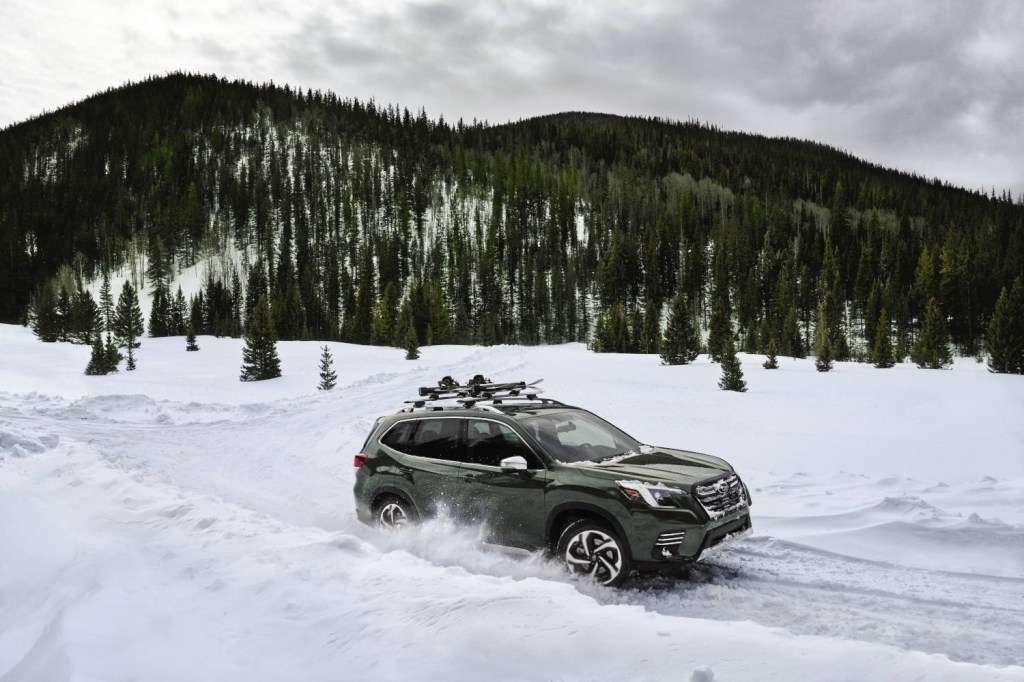
There is no perfect car for winter driving. I know that’s frustrating, but it’s true. Winter driving can cover a wide range of variables. Many AWD cars, trucks, and SUVs can handle snow, water, and other various loose surfaces, but the best of them can only do so well on ice. Thanks to the folks at Brick Technology, the little LEGO model makes the realities of ice driving simple and clear.
The fact is finding great cars for winter driving is the same as great cars in general. You need to look at your specific environment and the driving needs you have and focus on that. Companies like Subaru and Toyota are known for their reliable off-road vehicles. Either of these is a good place to start for a good car for winter driving.
